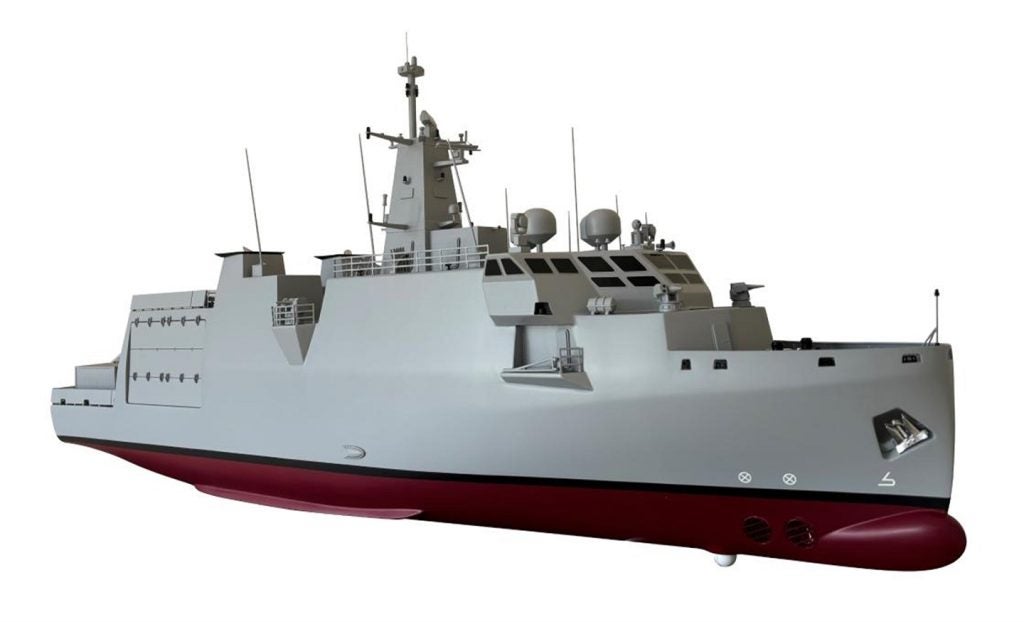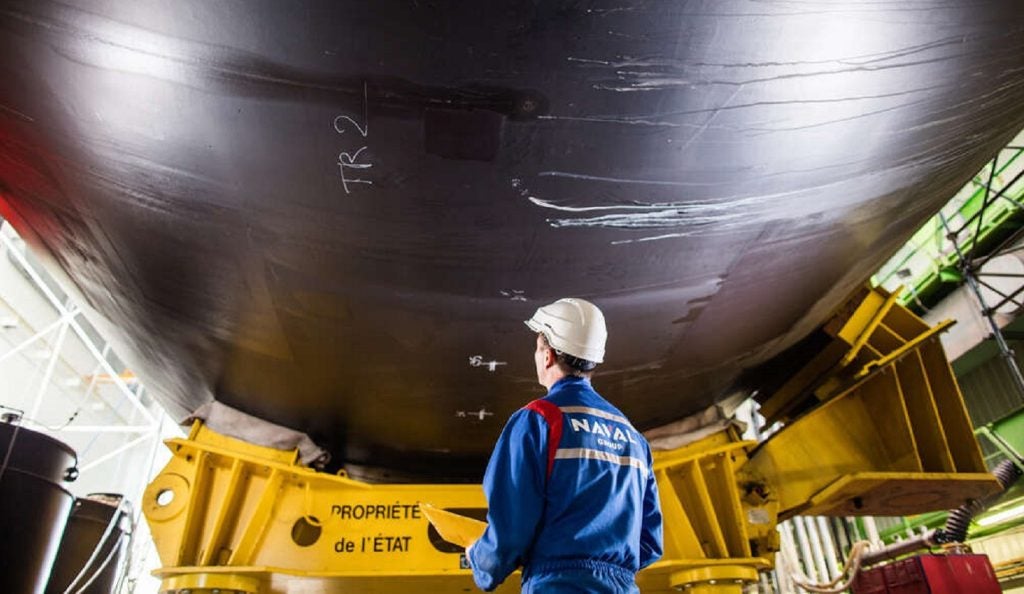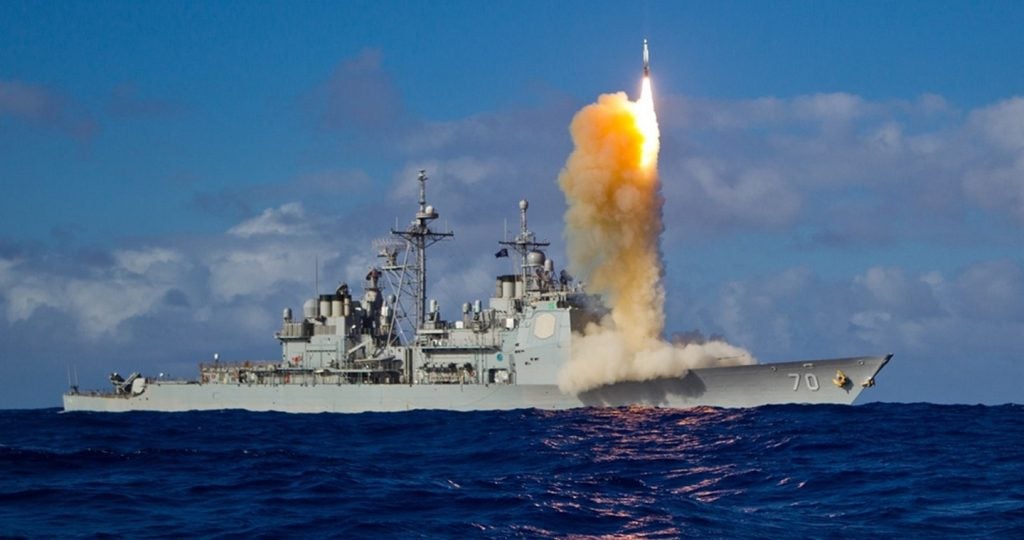
The UK Ministry of Defence (MoD) and the French government have signed an agreement to jointly develop a helicopter-borne anti-ship missile, worth £500m.
Under the contract, MBDA will develop and demonstrate the future anti-surface guided weapon (heavy)/anti-navire léger (FASGW(H)/ANL) missile for installation aboard the Royal Navy’s new AW159 Lynx Wildcat helicopters and the French Navy’s maritime helicopters.
UK Defence Equipment, Support and Technology Minister Philip Dunne said: "Not only will the contract protect around 200 specialist engineering jobs in the UK, but is an important plank in building the strength of our relationship with France through joint procurement of common equipment, which will provide interoperability and other benefits of working in partnership."
The 100kg modern primarily anti-ship missile will feature surface attack capability against coastal and land targets and can destroy vessels from a safe stand-off range.
First Sea Lord Admiral Sir George Zambellas said: "These state-of-the-art missiles will play their part in the maintenance of a credible Navy; not only will they provide the Fleet Air Arm with a continuing battle-winning edge into the future, but they will also help to strengthen our partnership and interoperability with our good friends in the Marine Nationale."
The joint programme will replace legacy systems, such as the British Sea Skua and the French-developed AS15TT anti-ship missiles, while providing enhanced capability.
The FASGW(H)/ANL missile is suitable for blue water and cluttered littoral operations, and can engage automatically using sophisticated homing technology or can be operator-controlled, enabling mid-flight re-designation.
Image: One of the new missiles being fired. Photo: copyright MBDA UK 2014.









